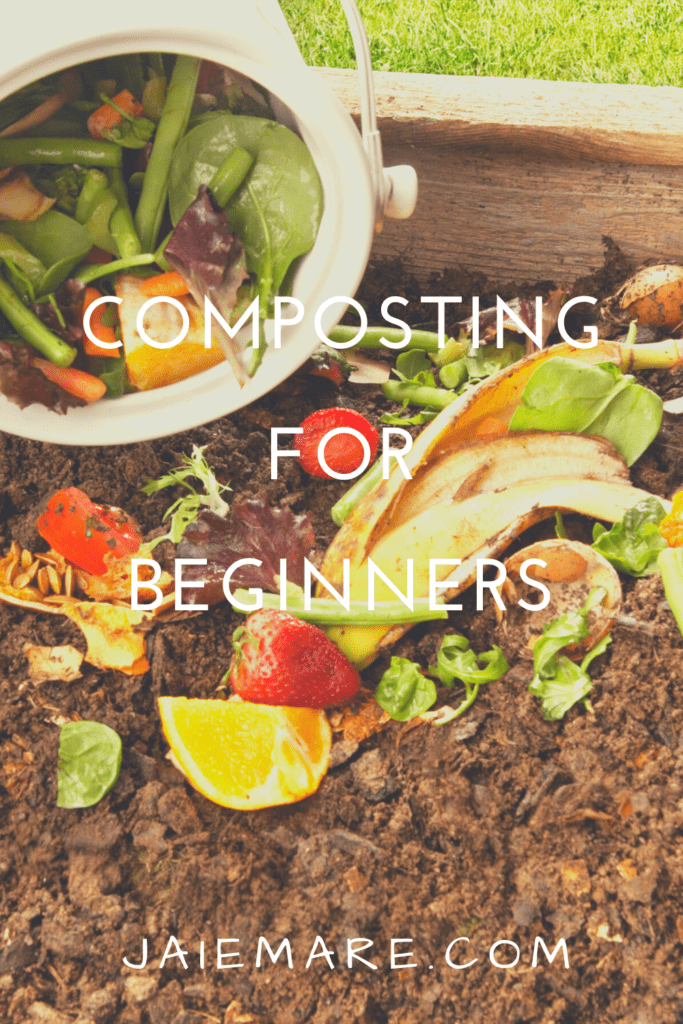HOW TO START COMPOSTING AT HOME FOR BEGINNERS
Do you look at kitchen and pet waste going into the garbage and wonder how you can give it another purpose? You can give food and yard waste a new life by composting at home. Composting doesn’t have to be complicated. No longer are you limited to turning a compost tumbler over and over outdoors.
New products and devices on the market make it possible to compost outdoors indoors and keep pesky pests away.
I will share with you four products I own and use to compost kitchen, office, and pet waste.
HOW MY COMPOSTING JOURNEY BEGAN
My composting journey began with wondering how I could turn kitchen waste into something I could used in my flower and vegetable gardens.
I needed a solution that would take only a couple of minutes a day with no mess and no chemicals.
Started by burying the waste, but it quickly became problematic. I soon ran out of space and the squirrels were having a field day digging it up.

I came across the compost tumbler, but like a compost pile, you have to turn it regularly. While it’s great to be outdoors, it can prove to be challenging to maintain if you work full-time, have a family or take care of an elderly parent.
Most turn to the alternative option of using synthetic fertilizers because it’s cheap, largely available, and easy to use.
What I ended up doing was developing a layered composting approach.
SYNTHETIC FERTILIZERS VS COMPOST
Synthetic fertilizers cannot compete against organic matter known as compost. Synthetic fertilizers are man-made chemicals that harm the environment by killing off healthy microrganisms, strip away nutrients from soil, and requires more water.
As organic matter decomposses, it attracts microbes and worms who help to further break it down. What is left is nutrient rich compost containing nitrogen, phosphorus, and potassium plants need to grow.
The slow release of natural fertlizer provides bigger yields, retains water, prevents soil erosion, and smells earthy.
Over time, overuse of synthetic fertilizers leads to nutrient deficiency. The nitrogen run off from liquid fertilizers into lakes, streams, and rivers produce overgrowth of vegetation and algal booms, creating “dead zones” where low levels of oxygen kill off fish. One example is the Gulf of Mexico.
Learn more why compost is superior to synthetic fertilizer and read part two of this post to learn about the indoor composting products I use to turn my kitchen waste into compost.
